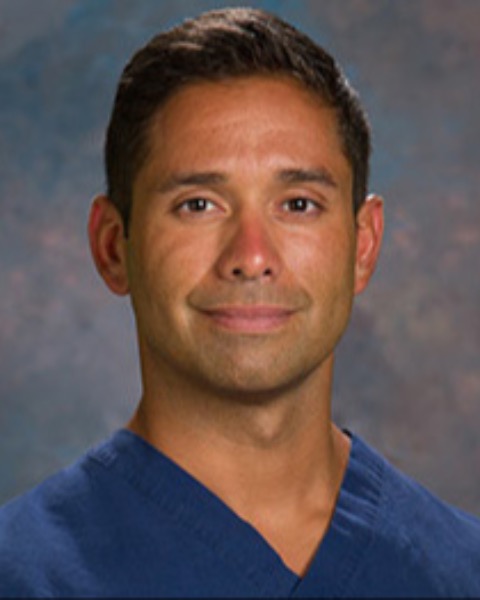Plenary
Plenary Session I
(PS1) Intra-operative Nerve Root Stimulation Improves Functional Outcomes in Children Undergoing Repair of Obstetrical Brachial Plexus Injury
Saturday, April 22, 2023
9:25am - 9:35am PST
Location: Enter through AANS Exhibit Hall

Javier M. Figueroa, MD, PhD
Neurosurgery Fellow
Houston Methodist Hospital
Houston, Texas, United States
Presenting Author(s)
Disclosure(s):
Javier M. Figueroa, MD, PhD: No financial relationships to disclose
Introduction: Obstetrical brachial plexus injury (OBPI) occurs most often during assisted vaginal childbirth. While the majority of patients have spontaneous recovery of function, surgical intervention has led to improved clinical outcomes. Recent animal studies and limited studies in human adults, have described improvements in functional outcome with short-term intra-operative neurostimulation (IONS). Currently, there are no studies evaluating the efficacy of IONS in children undergoing repair of OBPI.
Methods: We performed a retrospective comparative analysis of 51 patients with OBPI undergoing neuroplasty with sural nerve allograft and nerve transfers. In the comparative cohort, the C5 nerve root was stimulated at 2 milliamps, 20 Hz, for 60 minutes concurrent with standard surgical management. This group’s outcome was compared to patients previously treated surgically, without IONS. Outcomes were assessed using changes in intra-operative motor evoked potentials (MEP), the British Medical Research Council (BMRC), and Mallet score functional assessments, at 1-year post-operative follow-up.
Results: In 24 patients without IONS and 27 patients with IONS, there were no significant differences in demographics, pre-operative neurologic exam, or operative technique. Both surgical groups demonstrated significant improvements in their intra-operative MEP and functional assessments at 1-year post-operative follow-up (p < 0.02). However, patients who received IONS had a significantly greater improvement in shoulder external rotation on Mallet functional assessment (p = 0.023).
Conclusion : Primary nerve repair, including neuroplasty and neurorrhaphy, in children with OBPI results in increased neurophysiology, muscle strength, and complex functional outcomes. IONS of the C5 nerve root resulted in improvements in external rotation, which correlates with the innervated rotator cuff muscle group. IONS may work synergistically with primary repair to further improve clinical outcomes in patients with OBPI. Further studies are required to determine optimal parameters for IONS and whether stimulation of the other brachial plexus nerve roots may further improve post-operative functionality.
Methods: We performed a retrospective comparative analysis of 51 patients with OBPI undergoing neuroplasty with sural nerve allograft and nerve transfers. In the comparative cohort, the C5 nerve root was stimulated at 2 milliamps, 20 Hz, for 60 minutes concurrent with standard surgical management. This group’s outcome was compared to patients previously treated surgically, without IONS. Outcomes were assessed using changes in intra-operative motor evoked potentials (MEP), the British Medical Research Council (BMRC), and Mallet score functional assessments, at 1-year post-operative follow-up.
Results: In 24 patients without IONS and 27 patients with IONS, there were no significant differences in demographics, pre-operative neurologic exam, or operative technique. Both surgical groups demonstrated significant improvements in their intra-operative MEP and functional assessments at 1-year post-operative follow-up (p < 0.02). However, patients who received IONS had a significantly greater improvement in shoulder external rotation on Mallet functional assessment (p = 0.023).
Conclusion : Primary nerve repair, including neuroplasty and neurorrhaphy, in children with OBPI results in increased neurophysiology, muscle strength, and complex functional outcomes. IONS of the C5 nerve root resulted in improvements in external rotation, which correlates with the innervated rotator cuff muscle group. IONS may work synergistically with primary repair to further improve clinical outcomes in patients with OBPI. Further studies are required to determine optimal parameters for IONS and whether stimulation of the other brachial plexus nerve roots may further improve post-operative functionality.
